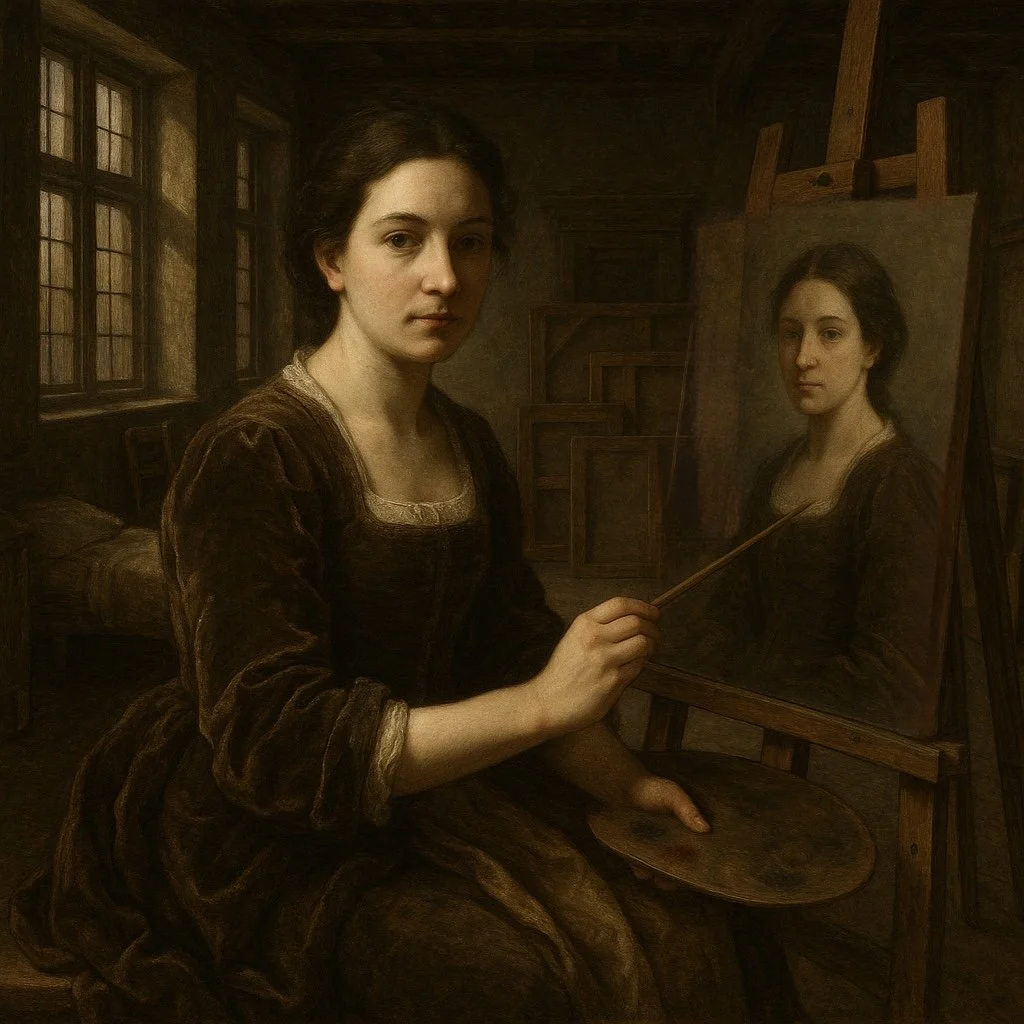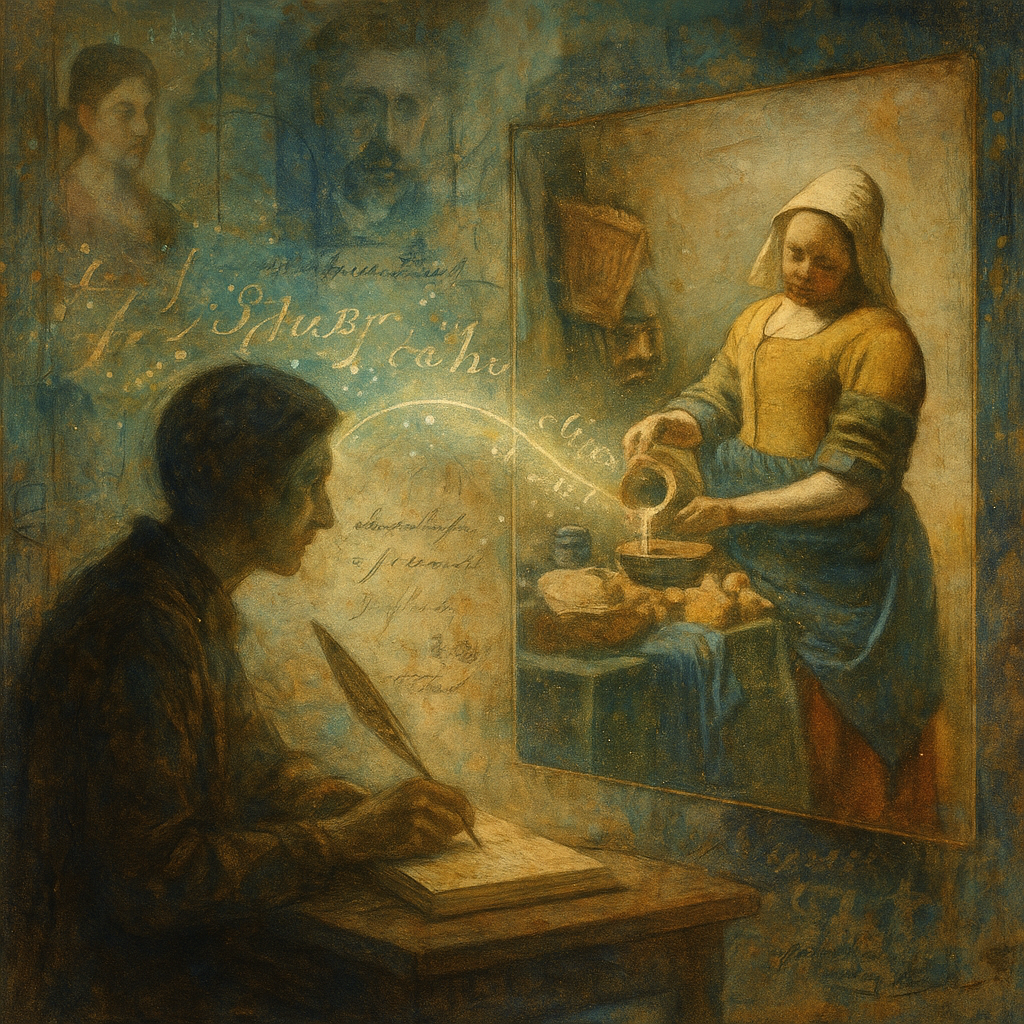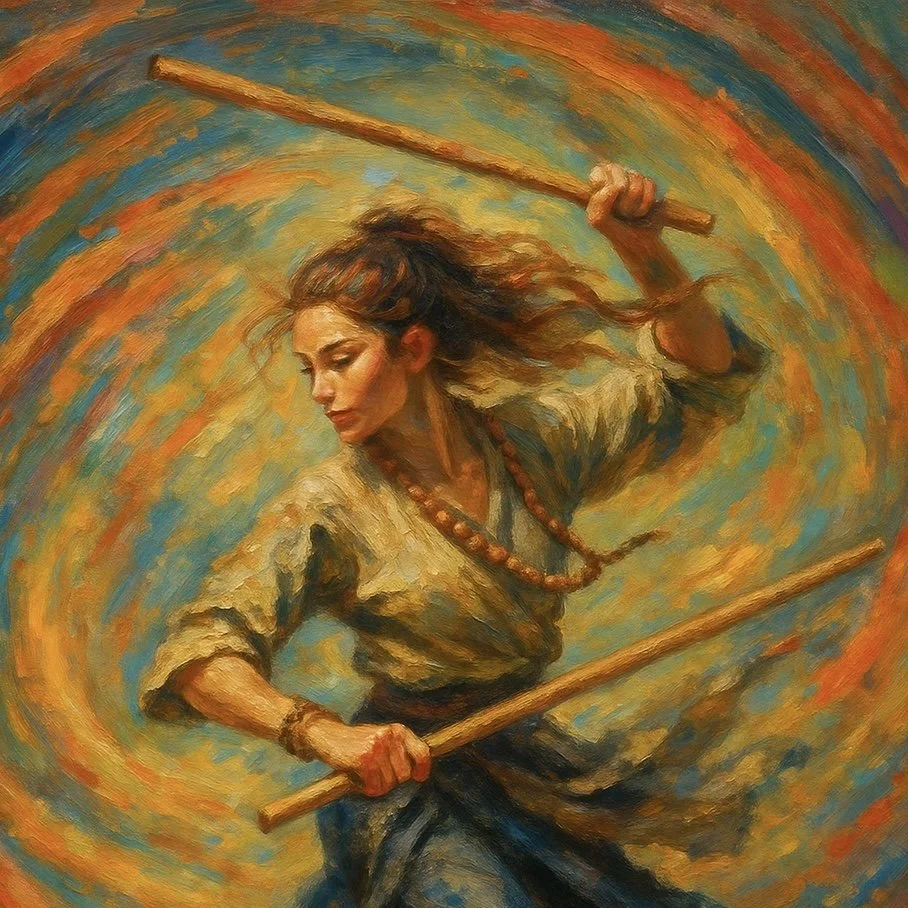
Brevegraph
[brev·e·graph] noun /ˈbrɛvəˌɡræf/
(A Coined Term): a concise, high-resolution written work that distills a complex or specialized subject—much like a Monograph—but in significantly shorter form, often designed for accessibility, clarity, and precision without sacrificing depth of insight.
Etymology:
Coined from Latin brevis (“short”) + Greek graphē (“writing”). Modeled in analogy to Monograph, with an emphasis on brevity and focus.
(Not as mind-numbingly boring to read)
Despite centuries of biographical distortion and canonical omission, the works of Artemisia Gentileschi endure as tactile records of artistic labor.
The Gentileschi household was one in which paint, pigments, and commissions formed the grammar of everyday life
To wield deductive reasoning with power is not to be superhuman—it is to be methodically human.
At its center stands a character so impossibly gentle, so unnervingly out-of-place, that his mere existence destabilizes the entire story
To look at art is to be changed, however slightly, by the looking. But what happens when that gaze is not held in silence, but answered—when the eye becomes voice, and the image finds itself reframed in the architecture of a poem?
The term “super-deformed” originated in the 1980s Japanese fan and production communities. It refers to characters deliberately drawn with wildly exaggerated body proportions—usually 2–3 heads tall, in contrast to the standard anime figure’s 6–8.
Before the term superhero existed, humanity was already telling stories of beings with extraordinary power and an unwavering sense of duty.
What emerged from this journey were three distinct paths. Each would shape the practitioner’s sense of timing, perception, and presence.
Both witnesses testified independently and without contradiction, confirming the formation’s complete absence earlier and its unmistakable presence later.
The art of motion is the art of living. And martial science, in its most refined form, is the brush with which that life is painted.
To understand the full artistic evolution of food, we must first define what we mean by “art” in the culinary sense.










